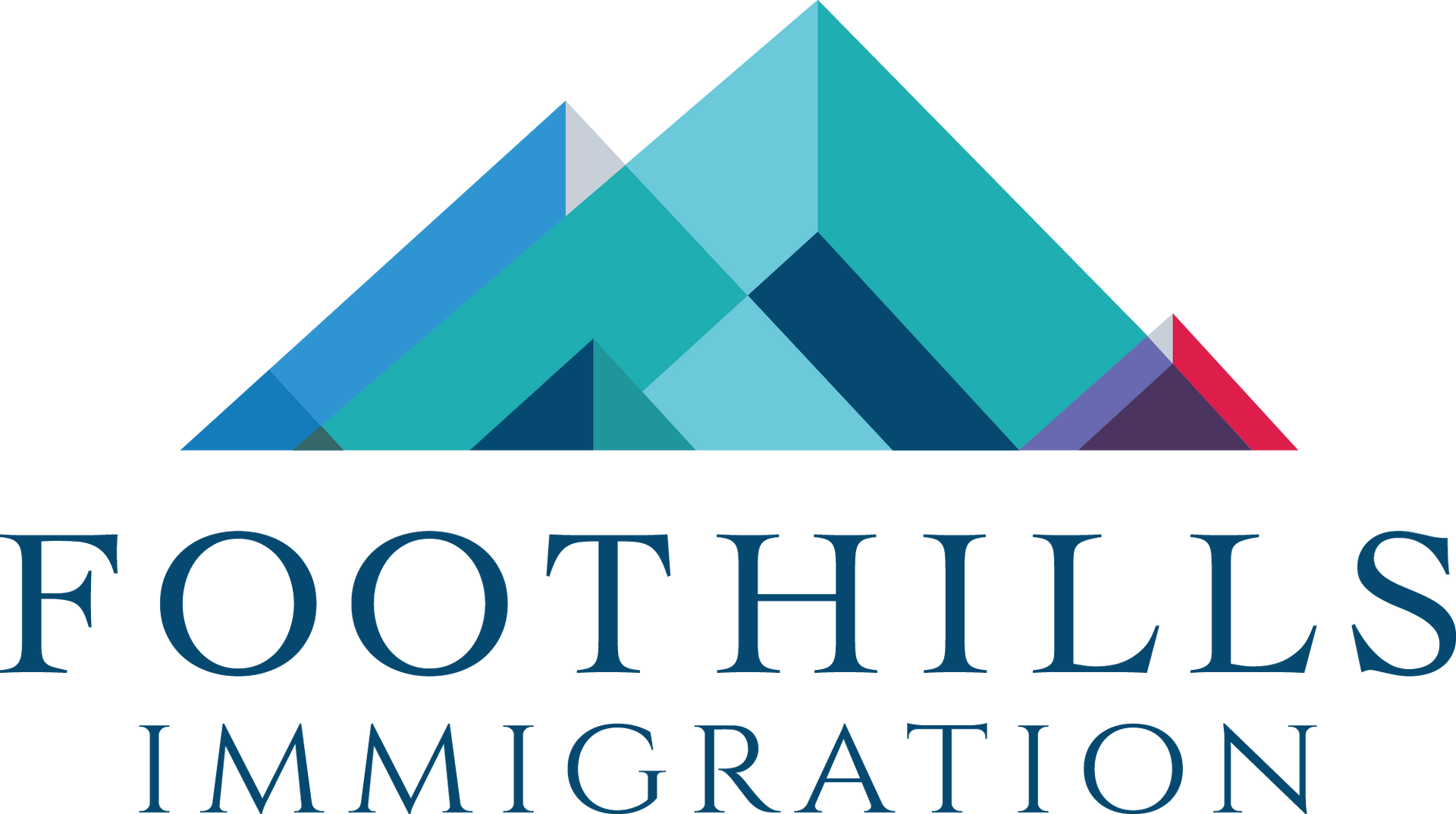By Leann Sousa
•
June 5, 2025
Important Updates to Canada’s LMIA Process in 2025: Key Dates and What Employers Must Know. Canada’s Labour Market Impact Assessment (LMIA) system underwent several critical updates starting in late 2024 and continuing into 2025. These changes aim to better align foreign worker hiring with regional labor market needs and protect Canadian jobs, especially in sectors and areas with elevated unemployment. If you’re an employer looking to hire temporary foreign workers, understanding these updates and their timelines is essential to ensure compliance and efficient hiring. What is LMIA and Why Does it Matter? The Labour Market Impact Assessment is a government process designed to evaluate whether hiring a foreign worker will positively or negatively impact the Canadian labour market. Before you can employ someone from outside Canada, you must prove that no qualified Canadian citizens or permanent residents are available for the role — this approval is known as a positive LMIA. Here’s why a LMIA is important: Purpose : Employers must prioritize hiring Canadians and permanent residents before turning to foreign workers. Goal : The LMIA process protects Canadian jobs while allowing businesses to address real labour shortages. Governing Body : The process is overseen by Employment and Social Development Canada (ESDC). Employer Requirements : To receive a positive LMIA, employers must demonstrate genuine recruitment efforts, such as advertising job openings online or in print. Justification : Employers need to explain why no suitable Canadian or permanent resident candidates were found. Fair Treatment : The LMIA ensures foreign workers receive wages and working conditions on par with Canadians in comparable roles. Workplace Standards : Employers must provide safe and fair working environments for all employees, including foreign workers. Market Balance : LMIA helps maintain a fair balance between meeting business labour needs and protecting Canadian employment. Economic Support : It enables businesses to grow by filling positions that cannot be staffed locally. And just in case you need a refresher on the rollercoaster of LMIA changes we’ve experienced since September 2024, here’s a quick recap of the key developments. May 28, 2025: Foreign Workers on Closed Work Permits Can Now Change IRCC has introduced a new temporary policy that allows foreign nationals holding closed (employer-specific) work permits to switch employers or occupations without requiring a new work permit to be issued. Now, if you apply for a new closed work permit (for a different employer or job), you don’t have to wait for the permit to be approved before starting work. You can apply for an exemption that allows you to begin working for your new employer while your new permit is being processed. You may qualify if: You are in Canada with valid temporary resident status (including maintained status) You have applied for a new work permit or an extension You were authorized to work when you applied You have a job offer for a new employer or occupation Why Is This Good News for Foreign Workers? No more long gaps between jobs! If you’re laid off or want to switch jobs, you can start your new position quickly, instead of waiting up to 230 days for permit processing. Huge relief for anyone in transition, helping you avoid months without income. April 4, 2025 — Suspension of Low-Wage LMIA Processing in High-Unemployment Areas The Government of Canada implemented a temporary suspension of LMIA processing for low-wage positions in any economic region with an unemployment rate of 6% or higher. Scope: This suspension affects 24 regions across provinces such as Ontario and British Columbia. Employers in these regions cannot submit or have approved low-wage LMIA applications until the suspension lifts. Duration: The suspension is effective from April 4, 2025, to July 10, 2025, at which point it will be reassessed based on updated unemployment data. Impact: This means that businesses in affected regions face delays or must consider alternative hiring solutions. Notably, areas like Regina and London, previously under suspension, were removed after economic improvements. March 25, 2025: Express Entry LMIA Points Removed LMIA-based job offers no longer grant CRS points for new Express Entry candidates. While LMIAs still exist, candidates without an ITA will no longer receive extra CRS points for job offers. January 2025: Low-Wage Restrictions by Region You cannot hire low-wage foreign workers in cities with a 6% unemployment rate or higher. This regulation affects 15 major cities. The most accurate, up to date information can be found here: Refusal to process a Labour Market Impact Assessment application - Canada.ca The impacted areas will be updated quarterly. November 8, 2024 — 20% Increase in Wage Thresholds Defining High-Wage vs. Low-Wage LMIA Streams The wage thresholds used to distinguish between high-wage and low-wage positions were increased by 20%. The high-pay stream salary level will rise by 20%. To recruit a foreign worker under the high-wage stream, you must pay them 20% more than the median salary in your province or territory. For Example, Alberta’s median wage rises from $29.50 to $35.40/hour. Employers will pay more for foreign labour, but they will earn more. The pay threshold hike encourages firms to recruit Canadians and makes foreign worker positions more appealing. It also prevents foreign workers from earning less than Canadians for the same job. October 28, 2024: End of Legal/CPA Attestations Employers will no longer be able to use letters from lawyers or accountants to legitimize their company. Other paperwork, including company licenses, tax filings, and financial statements, is required. The government aims to restrict foreign worker hiring to actual enterprises to prevent paperwork fraud. You must maintain proper records and exhibit documentation of your company when applying for an LMIA Canada under this new requirement. September 26, 2024: Low Wage Restrictions LMIA Canada will not consider your application to recruit a foreign worker for a low-wage job in a city or region with a 6% or higher unemployment rate. Many companies now limit the number of low-wage overseas workers to 10% of their staff. Construction and healthcare are capped at 20%. Foreign workers may now work in low-wage jobs for 1 year, reduced from 2 years. LMIA Canada processing for low-wage occupations will be stopped in Montréal and Laval for months. You must prepare ahead to fill positions if you can’t utilize the low-wage stream as often. Impacted Regions and Census Metropolitan Areas (CMAs) Some localities can no longer handle low-wage LMIA applications in Canada due to recent changes to the LMIA process. As of January 2025: You cannot hire low-wage foreign workers in cities with a 6% or higher unemployment rate. This regulation affects 15 major cities, including Toronto, Calgary, Montréal, and Edmonton. Every three months, impacted areas are updated. Enter your postal code on the Census of Population website to verify whether your region is affected. Here - Census of Population This guideline ensures high-unemployment Canadians have more work possibilities. Industry-Specific Implications LMIA influences Canada’s industries differently: Construction and Healthcare : Construction and healthcare may employ up to 20% of low-wage immigrant labour. They may need to utilize technology or hire locals to fill employment gaps. Agriculture : The Seasonal Agricultural Worker Program remains unaffected by the new limitations and processes more efficiently (5 days). This helps farmers swiftly hire staff. High-Wage Sectors (Tech, Healthcare, Engineering) : In high-wage sectors such as IT, healthcare, and engineering, employers must pay higher salaries to meet new requirements; however, the Global Talent Stream streamlines the processing. What Does This Mean for Your Business? For Employers Review your pay to see if it qualifies under the new high-wage criteria. Statistics Canada’s pay statistics may assist. You may have to reclassify your work or increase pay if it no longer qualifies for the high-wage category. Especially in technology, healthcare, or engineering, plan for rising expenses. Plan your personnel wisely, as low-wage employment may now only last one year. Maintain accurate records of all your salary computations and hires. Educate your HR staff on the revised LMIA Canada regulations. Consult with Foothills Immigration to review all options. For Workers Search for employment in cities that are still processing LMIA Canada applications (reference link above in Red) Track the expiry date of your work permit if you were unable to renew or apply for a visitor record. Since the new regulations have less impact on them, they should look for employment in high-wage streams. Plan Ahead: With these suspension periods and caps, ensure your workforce planning accounts for potential delays and restrictions. Review Wage Structures: To access the high-wage LMIA stream, revisit compensation packages to meet the updated wage thresholds. Consult Experts: Navigating these changes can be complex. Experienced immigration consultants at Foothills Immigration can help you identify the best pathways and maintain compliance. Stay Ahead of LMIA Changes With Foothills Immigration. The 2025 LMIA updates underscore the importance of strategic hiring aligned with Canadian labor market conditions. At Foothills Immigration, we are committed to guiding businesses through these evolving regulations efficiently and effectively. Contact us today to ensure your LMIA applications meet the latest requirements and your foreign worker recruitment is smooth and compliant.











